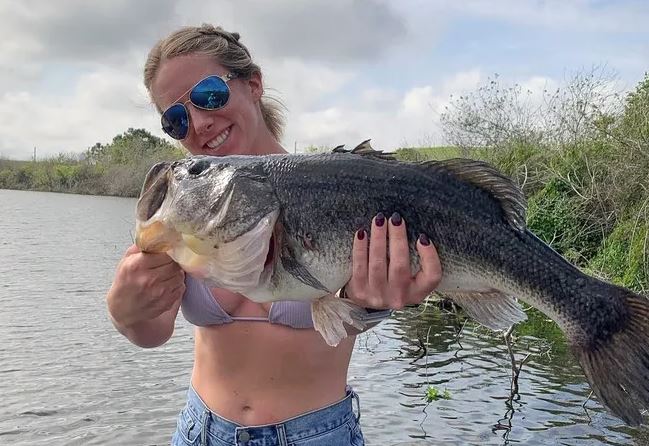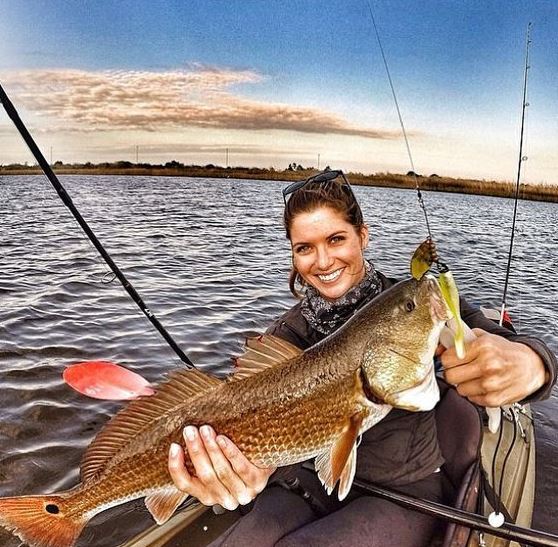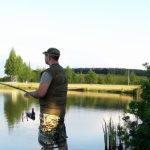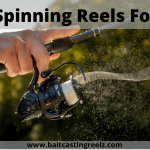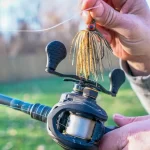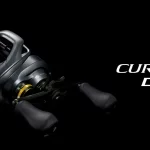Bass fishing is a popular pastime that can be enjoyed by anglers of all skill levels. As a beginner, it’s important to understand the basics of bass fishing in order to increase your chances of catching these elusive fish. Here are a few tips for beginners looking to catch bass.
Understanding the Bass
Before we delve into the nitty-gritty of bass fishing, it’s essential to understand our target species. There are three primary types of bass: largemouth bass, smallmouth bass, and spotted bass. Each has its own unique characteristics and habits.
- Largemouth Bass: Known for their voracious appetite, largemouth bass are found in various water bodies, including lakes, ponds, rivers, and reservoirs. They prefer warmer water and are often found near structures like submerged vegetation, fallen trees, and rocky areas.
- Smallmouth Bass: These scrappy fighters are more commonly found in clear, cool waters of rivers, streams, and lakes. Smallmouth bass tend to stay near rocky areas, ledges, and drop-offs.
- Spotted Bass: Often mistaken for largemouth bass, spotted bass are prevalent in rivers and reservoirs, especially in the southern United States. They have a similar appearance to largemouth bass but possess a distinct row of spots along their lateral line.
Choosing the Right Gear
Having the right fishing gear is crucial to your success as a bass angler. Here’s a rundown of the essential equipment you’ll need:
- Fishing Rod: Opt for a medium to heavy-action fishing rod, preferably between 6 to 7.5 feet long. This will provide the strength and flexibility required to handle the fight when reeling in a bass.
- Reel: Select either a baitcaster or spinning reel, depending on your preference and experience level. Both types of reels are effective for bass fishing, but beginners may find spinning reels easier to handle.
- Fishing Line: Choose a sturdy fishing line in the range of 10 to 20-pound test. A heavier line will prevent the bass from breaking it easily when they put up a fight.
Understanding the Best Time to Fish
Timing is everything in bass fishing. Bass are most active during certain periods of the day. Generally, early morning and late afternoon are prime times to catch bass. During these periods, bass are more likely to be feeding actively. However, don’t rule out the rest of the day, as bass can be caught throughout daylight hours if the conditions are right.
Identifying Suitable Fishing Locations
To increase your chances of a successful bass fishing expedition, you need to understand where bass like to hang out. Look for areas with structures and cover, as bass use these spots to hide and ambush their prey.
- Vegetation: Bass love to hide in and around aquatic vegetation such as lily pads, reeds, and submerged grass beds. These areas provide ample cover and serve as prime hunting grounds.
- Submerged Structures: Fallen trees, rocks, and submerged ledges are popular hangouts for bass. These structures offer shelter and create opportunities for bass to ambush passing prey.
- Drop-offs and Points: Bass often linger near drop-offs and points where shallow water abruptly transitions into deeper waters. These areas act as natural feeding grounds for bass.
Using the Right Bait and Lures
Bass are opportunistic feeders, which means they will bite on a variety of baits and lures. The key is to choose the right bait that matches the prevailing conditions and the bass’s mood. Here are some popular baits and lures for bass fishing:
- Plastic Worms: These soft, wriggling baits are a staple in every bass angler’s tackle box. Texas-rigging or Carolina-rigging plastic worms allows you to fish them in and around cover effectively.
- Crankbaits: Crankbaits imitate injured or fleeing prey, making them excellent choices for covering larger areas of water. Choose crankbaits with diving depths that match the water’s depth you’re fishing.
- Jigs: Jigs are versatile baits that can be fished in various ways, such as flipping, pitching, or swimming. They work well in and around heavy cover, where bass often seek shelter.
- Spinnerbaits: Spinnerbaits are effective lures for attracting bass with their flashing blades. Retrieve them at various speeds to find what entices the bass.
- Topwater Lures: Topwater lures create surface commotion, simulating prey on the water’s surface. Using them can lead to heart-pounding strikes as bass explode on the lure.
Mastering Different Fishing Techniques
To become a proficient bass angler, you must be adept at various fishing techniques. Here are some common techniques to add to your arsenal:
- Casting and Retrieving: Cast your bait near cover or structure, and then retrieve it with a steady or erratic motion to mimic prey. This technique is effective for lures like crankbaits, spinnerbaits, and topwater lures.
- Flipping and Pitching: Flipping and pitching are close-quarters techniques used for precise targeting around heavy cover. Lower the bait gently into the water without making a splash to avoid spooking the bass.
- Drop Shotting: This finesse technique involves suspending the bait above the bottom using a special rig. It’s ideal for tempting cautious or inactive bass.
- Jigging: Jigs can be used for flipping, pitching, or jigging vertically from a boat. It’s a versatile technique that allows you to explore different depths and structures.
- Topwater Fishing: One of the most exciting methods, topwater fishing involves using lures that stay on the water’s surface. The visual spectacle of a bass exploding on a topwater lure is a memorable experience.
Practicing Patience and Observance
Fishing for bass requires patience and keen observation. Not every cast will result in a catch, but with each attempt, you learn more about the bass’s behavior and patterns. Take the time to study the water, look for signs of bass activity, and adjust your techniques accordingly.
Practice Catch and Release
While it’s tempting to keep every catch, consider practicing catch and release, especially for larger, breeding-sized bass. By releasing these fish, you help preserve the bass population and ensure the sustainability of this beloved sport for future generations.
It’s also a good idea to pay attention to local weather patterns and conditions as well as the water levels in the body of water you plan to fish, as heavy rain or strong winds can affect fishing conditions. Keep in mind that different bodies of water have different conditions and that local knowledge can be very helpful in choosing the best time to go fishing.
